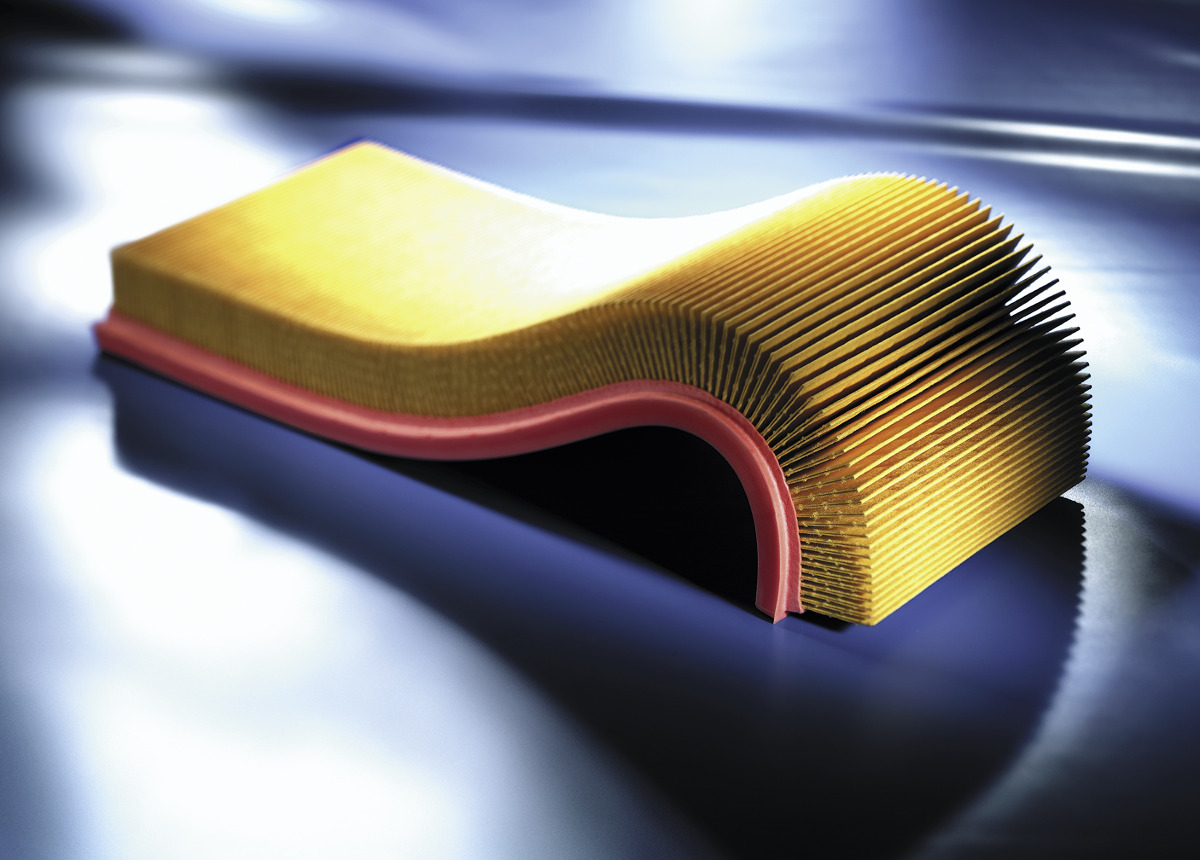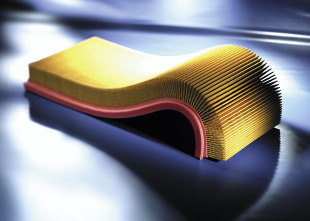
The cost of the trip can be (slightly) reduced
 Is there anything else you can do? It is possible and necessary, especially if you are going to travel with a car that has expired warranty period. During a long trip, as a rule, the biggest contributor to the cost is fuel. After all, you have to get to the place, and then explore it as much as possible. A common tourist route in Europe may be several thousand kilometers thick, so even a few percent savings will count. How to achieve this?
Is there anything else you can do? It is possible and necessary, especially if you are going to travel with a car that has expired warranty period. During a long trip, as a rule, the biggest contributor to the cost is fuel. After all, you have to get to the place, and then explore it as much as possible. A common tourist route in Europe may be several thousand kilometers thick, so even a few percent savings will count. How to achieve this?
Most of us use a car every day, assuming that the car, including its engine, is still fully functional.  in the way of business; in the regular course of work. But sometimes it's not like that. In particular, one can deceive oneself in the case of modern, already highly electronic cars, which, in the event of a failure of the control system, one of the many sensors, etc., easily turn into a so-called. emergency mode and drive almost as always, only for normal operation you have to press the gas pedal a little deeper. This, of course, is associated with more than optimal fuel consumption.
in the way of business; in the regular course of work. But sometimes it's not like that. In particular, one can deceive oneself in the case of modern, already highly electronic cars, which, in the event of a failure of the control system, one of the many sensors, etc., easily turn into a so-called. emergency mode and drive almost as always, only for normal operation you have to press the gas pedal a little deeper. This, of course, is associated with more than optimal fuel consumption.
The easiest way to diagnose a drive unit - this applies to both gasoline and modern turbodiesels - is to check it using a diagnostic computer. Even if the engine really does not show weaknesses during operation, but has not been serviced recently, before such diagnostics, a preventive replacement of the air filter, fuel filter should be carried out (this applies to cars with a mileage of several tens of thousands of kilometers And in diesel engines, just in case, once a year, and in gasoline - spark plugs.In addition, in small gasoline cars (with gas - every year), the ignition wires should be checked very carefully, looking for punctures or only cracks in the insulation.In case of any doubt, we change the cables.If in our engine such adjustments are generally made, it would be good to at least check the valve clearances.
The costs of the above preventive replacement of components and adjustments, as a rule, will be relatively small, and if the main elements are in good condition, computer diagnostics (including analysis of the composition of exhaust gases) will be simpler and more efficient. This service costs a little, but modern cars (and diagnostic systems) are so smart in this regard that all possible and impossible malfunctions in engine management, and sometimes in the gearbox, not to mention the rest of the electronics, will be immediately detected and indicated. When everything is good, just rejoice, and if something still turns out to be wrong, then it is better to fix it, which usually means replacing the sensor. It may turn out that this is why we will save a lot of fuel during the trip.
Of course, a slightly different procedure will be required in the case of really old cars that do not have full-fledged electronics, and the ignition and carburetor adjustment is done manually. Here you need a really experienced specialist instead of a computer tester. However, such cases are less and less, because non-electronic cars (carbureted or fuel-injected of the earliest generations) are more of a classic and are rarely used for long trips.
When we are sure that all the components of the car, including the engine, are working optimally, and our tire pressure is in good condition, we should think about preparing for the trip itself. It is important to take ... as little luggage and other cargo as possible. Pre-carried out solid technical preparation of the car will allow us to refuse any spare parts. Well, except for a few bulbs and - if our car has one - the aforementioned radiator fan sensor. We will not take a lot of tools, only those that we can really use on the road (if necessary). Do not forget about the spare tire (properly inflated!) And the working jack. Here is one more note - if we have a car of a relatively new generation, we may not have a spare wheel at all, only a dubious repair kit! Apparently, according to statistics in Europe, you catch a “sneaker” every 200 km, but before a long trip it might be better to get at least a so-called wheel. access road?
Going back to load limiting, you should aim to make a roof rack redundant, because that simply means at least a ten percent increase in fuel consumption. Also, every kilogram packed into the car, even when it is not overloaded, increases fuel consumption when driving. So with luggage - it's reasonable. Also, let's check the wiper blades, grab a flashlight, gloves, and something to wash our hands with.
Now we can put the family in the car and go to the edge of Europe.
